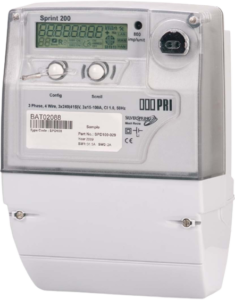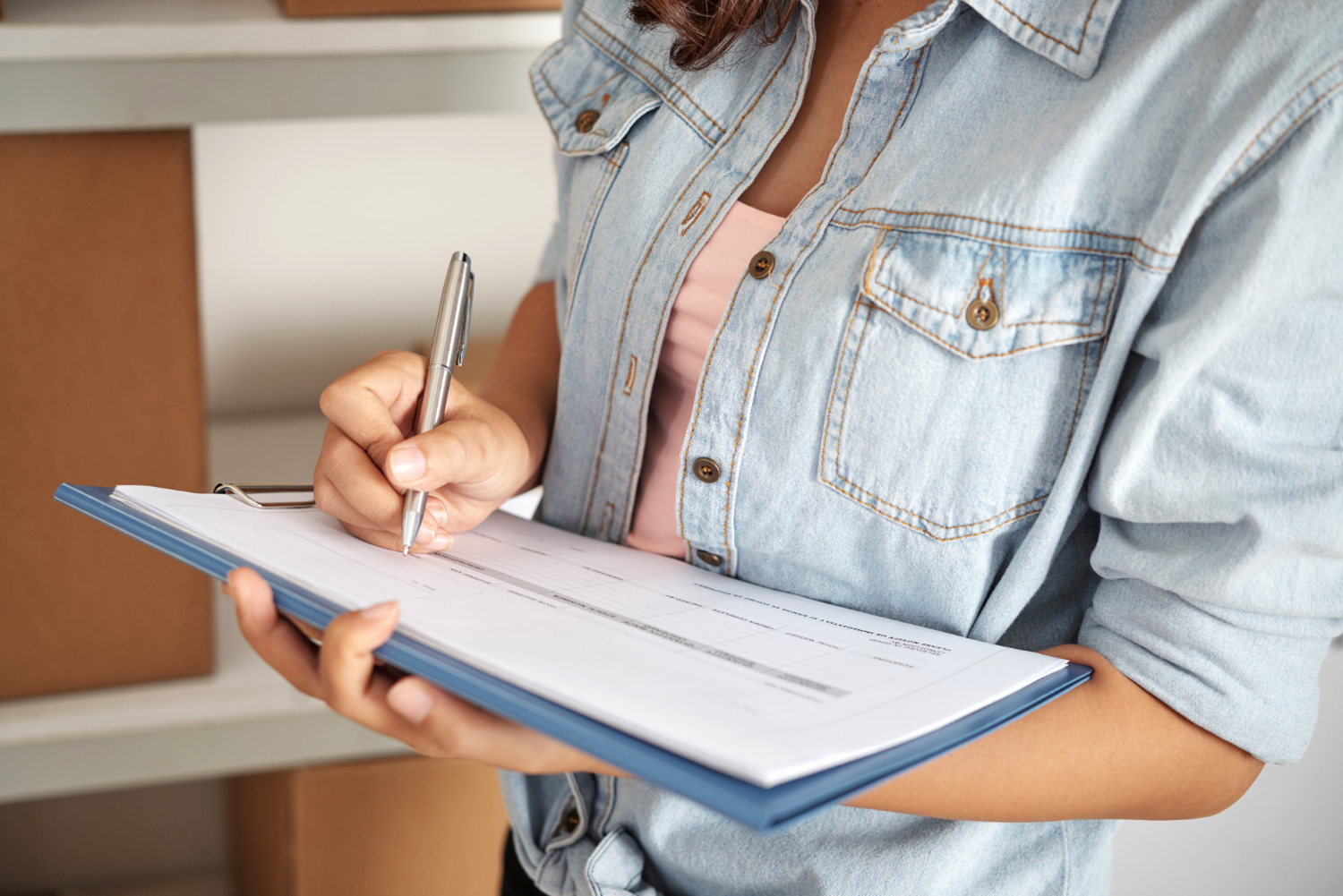Understanding Your Electricity Meter
Get started now with our form
Get connectedUnless you’re living off the grid, chances are you’ll have an electricity meter on your property.
Knowing some basics about electricity meters including the different types of meters, how to read your meter and where to find it can certainly come in handy.
Thankfully, we know a thing or two about electricity meters, so stay switched on and keep reading to understand everything you need to know about your electricity meter.
You can also learn everything you need to know about your Gas Meter
How To Find Your Meter
Electricity meters are usually located on the external wall of properties. Houses usually have them installed near the front door or the side of the house. If you live in an apartment, unit or townhouse, the meters are usually grouped together in one central place.
If you can’t find your electricity meter, contact your electricity retailer for assistance.
If you have two electricity meters for your property, it’s likely the second meter is for your hot water system.
Not sure what your meter looks like? No worries, it can be hard to spot when you don’t know what you’re looking for! There are a few different types of electricity meters with different displays- we’ve included pictures below of the common ones you are likely to come across.



What do I need to do on the day of my electricity connection?
Once you’ve located your meter, simply make sure that there is clear access to it on the day of your connection.
How To Read Your Meter
If you want to make sure the reading on your electricity bill is accurate or simply want to monitor your electricity consumption, you can take your own reading.
N.B. Safety is key! It’s best not to touch your meter. Electricity meters can deteriorate over time so watch out for hazards like exposed wires or melted parts. If you see anything hazardous, contact your electricity provider.
All electricity numbers have a unique meter number known as an NMI (National Meter Identifier). If you are asked for your meter number, you can usually find it stamped or printed on the face plate in BOLD numbers and it can be up to ten digits in length.

Digital display
Meters with a digital display are read from left to right, not including the numbers highlighted in red.
The reading for the meter in the example below is 09249.

Dial display
A dial meter has several small clock faces. You want to read the digit for each clock face from left to right. If the clock hand is between two numbers, always take the lower number.
The reading for the dial meter in the example below is 03862.

Electronic display
These show readings for more than one meter. You can scroll on the display or press a button to view each reading. Take note of each individual reading.

Smart Meter
Your smart meter records your electricity usage in 30-minute intervals and sends this data to your electricity distributor, thus eliminating the need for a manual meter reading.
Smart meters vary and it’s not always possible to read them manually but often you can monitor your usage through web portals and in-home displays.
You can contact your energy distributor if you are unsure what type of meter you have.
Can I Get a Smart Meter?
There are definite benefits to having a smart meter, the main one being that it allows you to easily monitor your electricity usage. Because your data is being read remotely, you won’t get any estimated bills and will always pay for what you actually use.
The best way to get a smart meter is to contact your energy provider, as they will determine if you can get a smart meter. It depends on factors like whether your energy provider offers smart meters with your electricity plan if they’ve been rolled out in your area and if you’re existing meter box is damaged and you need a new meter to replace it. There also may be a meter installation cost if you’re switching to a smart meter so be sure to ask your provider about that as well.
You can find out more information about smart meters on the Australian Energy Regulator website.
Billing & Usage
When looking at your electricity bill, it’s important to note your energy use and electricity usage charge or rate, which is the amount you pay for each unit (kWh) of electricity your household consumes. The rate you are charged is shown as cents per kilowatt hour (c/kWh).
Electricity usage charges differ across retailers and States. For more information on energy consumption, electricity supply and general usage data, check out our blog on all things utility-related here. If you’re curious about your electricity bill in comparison to the rest of Australia, check out our average electricity bill across Australia article here.
Electricity pricing is also affected by the different tariffs you pay. The tariffs that appear on your energy bill depending on factors like your service provider or distribution network. Some examples of common tariffs include:
- Single rate tariff: this is your main tariff, also referred to as anytime, flat rate and standard rate.
- Time of use tariff: Off-peak times (typically nights or weekends when households are using less energy) are charged at cheaper rates whereas peak times are charged at higher rates.
- Controlled load tariffs: these are separate metered tariffs charged at a lower price.
So there you have it! Now you know how to identify and read your own meter and interpret the different charges on your bill you can start to be smart about your electricity use and save some pennies.
Get started now with our form
Get connectedIf you need help getting your utilities connected sorted, please call MyConnect on 1300 854 478 or use the Get Connected form here! All residents from Victoria (VIC), Queensland (QLD), New South Wales (NSW), Australian Capital Territory (ACT), and South Australia (SA) can get connected this very business day. If you’re a first home buyer and you’re unsure about using a utility connection company, this post here can assist you.




 Justyn Harrison
Justyn Harrison 






